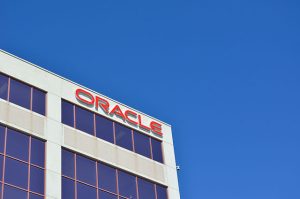Oracle’s recent $28 billion deal to acquire electronic health records company Cerner was followed by an announcement by Chairman Larry Ellison laying out a vision for a unified health record system for American patients, long considered a “holy grail” for the healthcare
"The purchase of Cerner by Oracle represents further consolidation within the healthcare IT industry, but the challenge includes knitting together data from multiple ambulatory and hospital-based governmental and commercial systems that are currently not interoperable," said Rich Parker, M.D., chief medical officer at Arcadia, a healthcare data and software company. "Though I applaud the goal, I believe we are a long distance away from achieving a truly practical and unified EHR for the American public."
The combination of Oracle, a technology powerhouse with a current valuation of approximately $251.35 billion, and Cerner, which has about 25% of the healthcare provider market, places Ellison closer to achieving his vision than past efforts, but still comes with substantial hurdles to clear. Lack of coordination among different facilities and health systems, inconsistent standards among electronic health record (EHR) systems preventing interoperability, and operational and business obstacles such as differing privacy policies, all make for an unprecedented challenge.
The work required to gather, “translate,” and combine all EHR into one cohesive system with real-time access is a substantial one, and Oracle will not be the first tech giant to make the attempt. Microsoft’s personal EHR system, known as HealthVault, shut down in 2019, and Google Health’s personal health information service was launched in 2008 and sent to the “Google Graveyard” three years later due to low user adoption.
The sheer scale that Cerner already operates at is giving some IT executives hope that such an endeavor could be successful, though unifying records goes beyond merely connecting all Cerner sites together. There are competing efforts as well, with Epic’s Cosmos providing a de-identified patient database of more than 122 million patients. Plug-and-play networks like CommonWell and Carequality also enable healthcare providers to access patient data.
While a bold endeavor, Ellison is no stranger to making big moves in the tech world. Time will tell whether this latest initiative will bear fruit and continue the tech disruption of the healthcare industry.

























